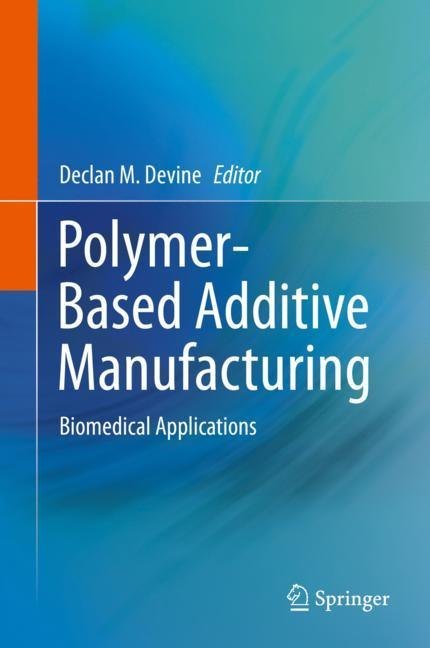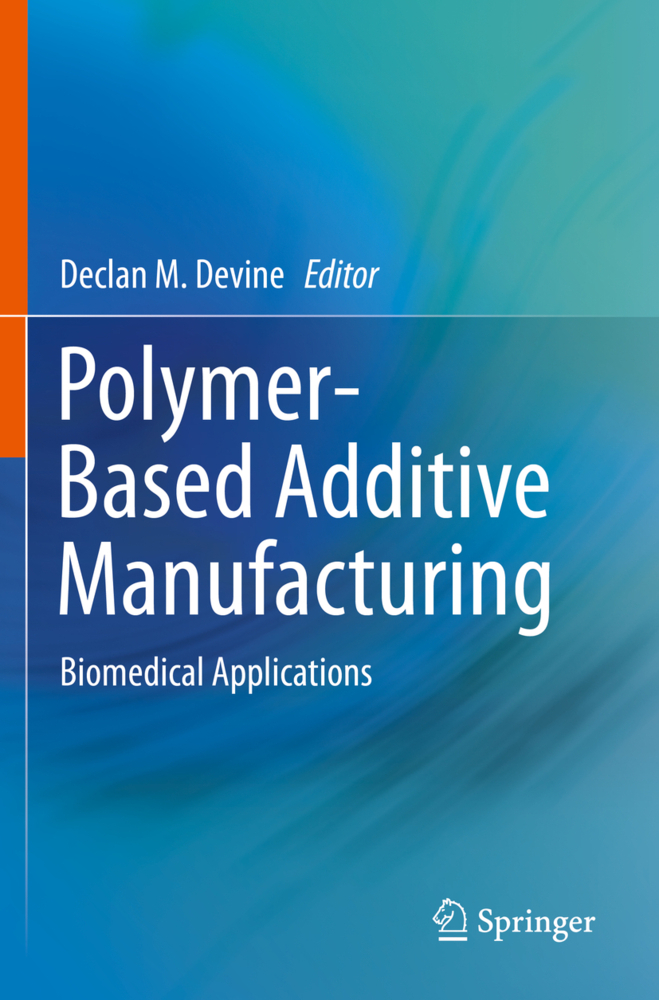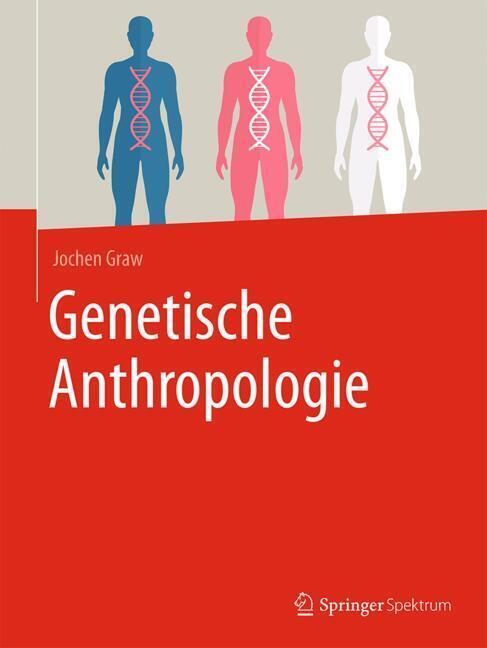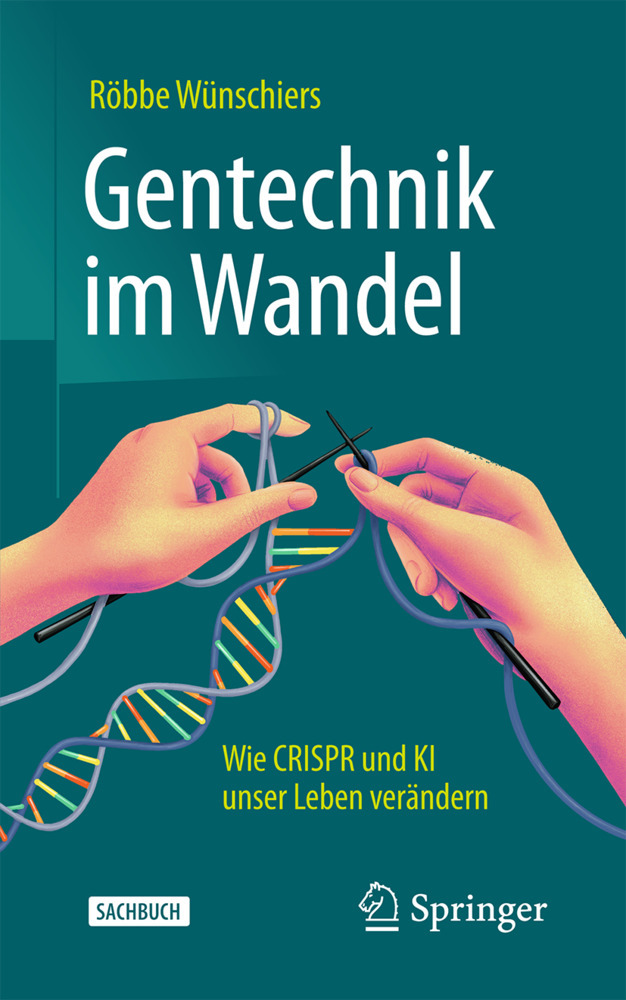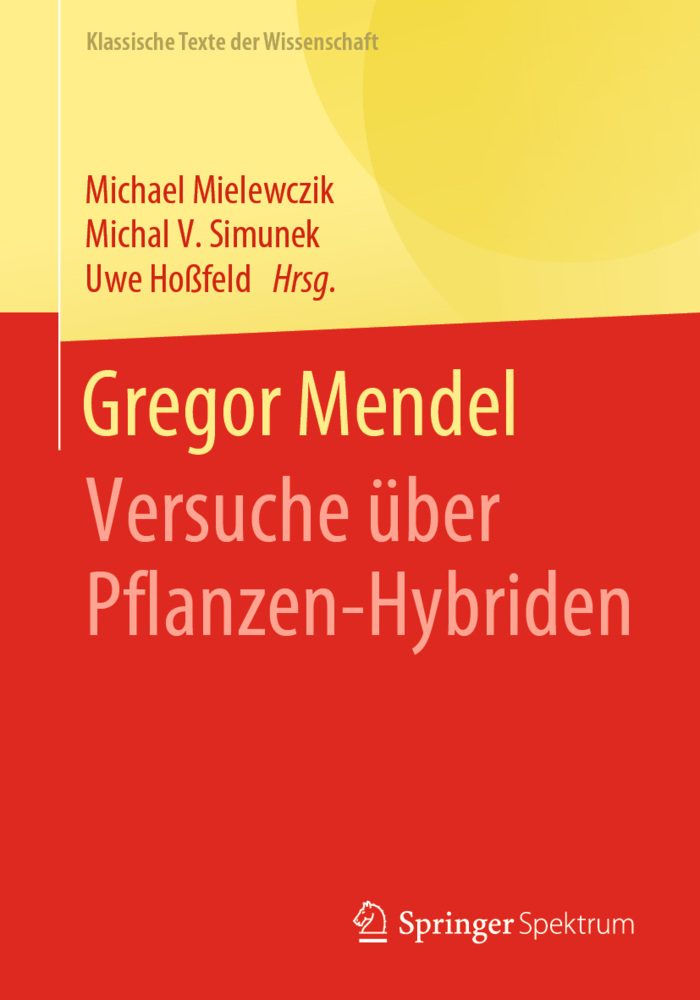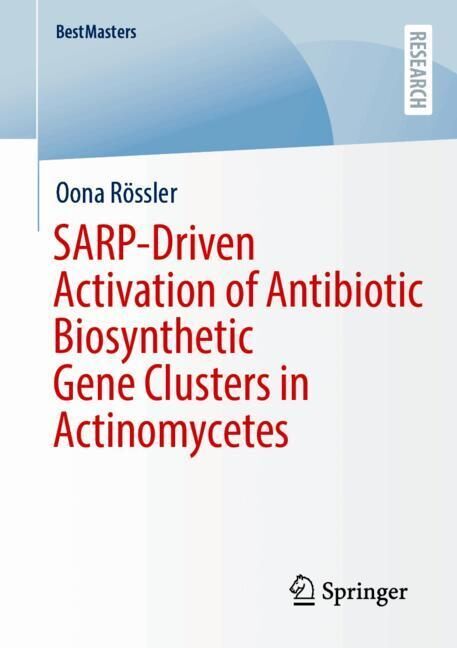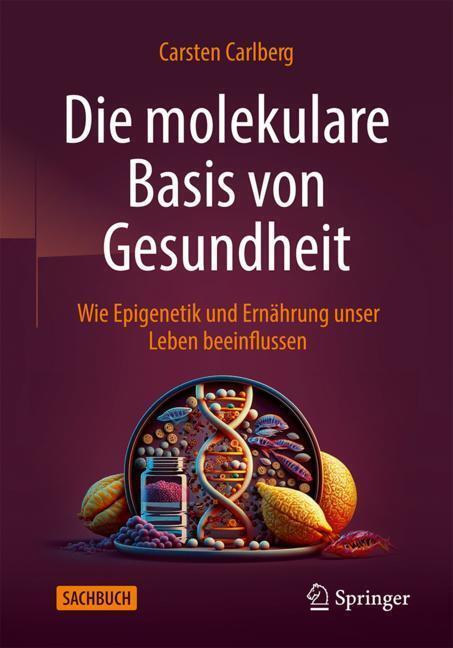Polymer-Based Additive Manufacturing
This book aims to give readers a basic understanding of commonly used additive manufacturing techniques as well as the tools to fully utilise the strengths of additive manufacturing through the modelling and design phase all the way through to post processing. Guidelines for 3D-printed biomedical implants are also provided. Current biomedical applications of 3D printing are discussed, including indirect applications in the rapid manufacture of prototype tooling and direct applications in the orthopaedics, cardiovascular, drug delivery, ear-nose-throat, and tissue engineering fields.
Polymer-Based Additive Manufacturing: Biomedical Applications is an ideal resource for students, researchers, and those working in industry seeking to better understand the medical applications of additive manufacturing.
Dr. Declan M. Devine is the Director of the Materials Research Institute at Athlone Institute of Technology (AIT). He holds a PhD in Biopolymer Engineering from AIT, where he also completed his undergraduate BEng in Polymer Engineering. Dr. Devine is an active member of the American Association for the Advancement of Science, the Mayo Clinic Alumni Association, and is the Chair of the Marie Curie Alumni Association Ireland Chapter. His research interests centres on the development of materials for biomedical applications such as bone regenerations and biodegradable polymer stents, structural thermoplastic composites, additive manufacturing and smart manufacturing which incorporates robotics and metrology systems.
1;Preface;6 2;Contents;8 3;Contributors;10 4;Chapter 1: Polymer-Based Additive Manufacturing: Historical Developments, Process Types and Material Considerations;13 4.1;1.1 Introduction;14 4.2;1.2 Stereolithography (SLA);15 4.3;1.3 Fused Filament Fabrication;20 4.4;1.4 Selective Laser Sintering (SLS);24 4.5;1.5 Freeformer;26 4.6;1.6 InkJet Techniques;29 4.7;1.7 Laminated Object Manufacturing;29 4.8;1.8 Summary;30 4.9;References;31 5;Chapter 2: Design for Additive Manufacturing;35 5.1;2.1 Introduction;36 5.2;2.2 Design for Manufacturing and Assembly;37 5.3;2.3 Advantages of Additive Manufacturing as a Production Process;40 5.3.1;2.3.1 Product Digitisation and Rapid Prototyping;40 5.3.2;2.3.2 Topology Optimisation;41 5.3.3;2.3.3 Geometrical Design Freedom at Low Cost;42 5.3.4;2.3.4 Product Customisation;43 5.3.5;2.3.5 Product Consolidation;44 5.3.6;2.3.6 Lightweight Structures;44 5.3.7;2.3.7 Integrated Functions and Internal Features;46 5.3.8;2.3.8 Multiple Material Builds;46 5.3.9;2.3.9 Optimisation of Supply Chain and Inventory;47 5.4;2.4 Suitability of Additive Manufacturing;48 5.5;2.5 Product Design Considerations;48 5.5.1;2.5.1 Additive Technology Selection;49 5.5.2;2.5.2 Material Selection;50 5.5.3;2.5.3 Layer Height;50 5.5.4;2.5.4 Support Structures;51 5.5.5;2.5.5 Build Orientation;52 5.5.6;2.5.6 Overhangs and Unsupported Features;53 5.5.7;2.5.7 Hole Design;54 5.5.8;2.5.8 Hollow Sections and Escape Holes;54 5.5.9;2.5.9 Thin Features;55 5.5.10;2.5.10 Geometric Tolerances and Surface Quality;55 5.6;2.6 Post-processing;55 5.6.1;2.6.1 Material Removal;56 5.6.2;2.6.2 Surface Finishing and Improving Geometrical Tolerances;57 5.7;2.7 Product Consolidation and Weight Saving Using Additive Manufacturing;58 5.8;2.8 Chapter Summary;60 5.9;References;61 6;Chapter 3: Mechanics Modeling of Additive Manufactured Polymers;63 6.1;3.1 Introduction;64 6.2;3.2 Nonlinear Modeling of Additive Manufactured Photopolymers;66 6.2.1;3.2.1 Finite Strain Anisotropic Model for Plastics;67 6.2.2;3.2.2 Anisotropic Hyperelastic Model for Elastomers;72 6.3;3.3 Modeling of Shape Memory Photopolymers;74 6.3.1;3.3.1 Background of Shape Memory Polymers;74 6.3.2;3.3.2 Model Descriptions;75 6.3.3;3.3.3 Additive Manufactured Shape Memory Structures;78 6.4;3.4 Summary;80 6.5;References;81 7;Chapter 4: Additive Manufacturing of Tooling for Use in Mass Production Processes;84 7.1;4.1 Introduction;85 7.2;4.2 Technologies;86 7.2.1;4.2.1 Injection Moulding;86 7.2.2;4.2.2 Blow Moulding;89 7.3;4.3 Cooling;90 7.3.1;4.3.1 Benefits of Optimised Cooling System Design;91 7.3.2;4.3.2 Conformal Cooling;92 7.4;4.4 Comparison of UV Photocurable AM Resin Tools to Metal AM Tools;94 7.5;4.5 Benefits of Using Resin-Based Rapid Tools for Injection Moulding;96 7.6;4.6 Rapid Tooling: Case Studies;99 7.6.1;4.6.1 Design Verification Through the Use of Resin-Based Tooling;99 7.6.2;4.6.2 Resin-Based Rapid Tooling to Reduce Costs and Lead Times;100 7.6.3;4.6.3 Ceramic-Polymer Tooling Inserts for Use in the Production of Electrical Switch Components;101 7.6.4;4.6.4 Comparison of Resin-Based Printed Tooling to Metal Tooling;101 7.6.5;4.6.5 Comparison of Service Life of Tools Using Different Resins;102 7.6.6;4.6.6 Carbon Fibre-Reinforced Rapid Tooling Inserts;103 7.7;4.7 Limitations of Polymer-Based Rapid Tooling;103 7.8;4.8 Summary;104 7.9;References;105 8;Chapter 5: Current Market for Biomedical Implants;108 8.1;5.1 Introduction;109 8.2;5.2 Additive Manufacturing of Biomedical Implants;110 8.2.1;5.2.1 3D-Printed Skin Substitutes;110 8.2.1.1;5.2.1.1 Materials for Skin Substitutes;111 8.2.1.2;5.2.1.2 Bioprinting of Skin Substitutes;112 8.2.1.3;5.2.1.3 Electronic Skin;114 8.2.2;5.2.2 AM of Cardiovascular Stents;115 8.2.2.1;5.2.2.1 Materials for Cardiovascular Stents;116 8.2.2.2;5.2.2.2 3D Printing of Cardiovascular Stents;116 8.2.3;5.2.3 3D-Printed ENT (Ear, Nose and Throat);117 8.2.3.1;5.2.3.1 Ear;117 8.2.3.2;5.2.3.2 Nose;120 8.2.3.3;5.2.3.3 Throat;122 8.2.4;5.2.4 Dental Applications;123 8.3;5.
Devine, Declan M.
| ISBN | 9783030245320 |
|---|---|
| Artikelnummer | 9783030245320 |
| Medientyp | E-Book - PDF |
| Copyrightjahr | 2019 |
| Verlag | Springer-Verlag |
| Umfang | 286 Seiten |
| Sprache | Englisch |
| Kopierschutz | Digitales Wasserzeichen |

